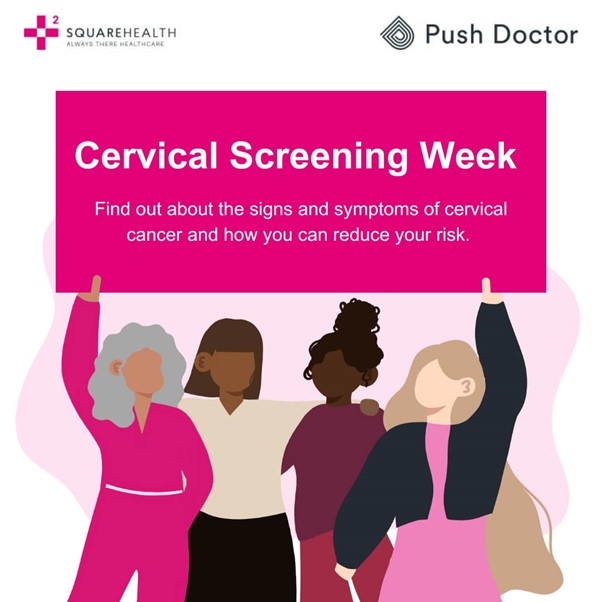By Push Doctor
Discover a breathing technique that can help reduce anxiety and stress

The world is currently in the grip of a mental health crisis, with millions of people suffering from depression, anxiety, and other mental health issues. According to the Mental Health Foundation, 74% of UK adults have felt so stressed at some point over the last year they felt overwhelmed or unable to cope.
Many of us are stressed out, and it is a major contributor to mental health issues such as anxiety and depression. Stress affects us physically as well as mentally, and it has been linked to health problems such as heart disease, immune system problems, insomnia, and digestive problems.
April is Stress Awareness Month, and breathing techniques can be a very effective tool for helping to de-stress. This is because deep breathing sends a message to your brain to calm down and relax. And it's free, easy to do, and can be done anywhere, at any time, in any situation.
Flight or fight mode
When we’re stressed and anxious our bodies tend to revert to shallow, rapid chest breathing which keeps us in flight or fight mode when our heart rate and blood pressure increases. In the modern world psychological and emotional stress can now trigger our flight or fight reaction, keeping us on high alert and stressed out for an extended period of time. Your physical and emotional health may suffer as a result.
What is square breathing and how can it help you relieve stress and anxiety
Square breathing is also known as box breathing or Pranayama in yoga. It entails taking a slow, deep breath in, holding it for a moment, and then slowly expelling, with each phase taking about the same length of time. As you count each of your breaths, it diverts your attention, relaxes your nervous system, and reduces your body's stress levels.
The practice of pranayama in yoga is considered to be one of the highest forms of self-discipline for the mind and the body. In pranayama, when the proper rhythmic patterns of slow deep breathing are mastered, this type of breathing strengthens the respiratory system, soothes the nervous system and the mind is freed to that it can focus.
How does square breathing reduce stress?
If you are experiencing a lot of stress or anxiety, using the square deep breathing technique helps to slow your breathing, calming your nervous system and helping you to relax. It helps improve your mental focus and causes your body to physically relax. Before missions, the US Navy Seals use the square breathing technique to help them stay calm and focused.
Using the square breathing technique can help you in many situations, some examples of when you can use this breathing exercise is:
- Controlling your breathing can help you focus and remove yourself from the stressful or panic-inducing event, which will give you more control over the situation.
- Helps you to sleep when you are suffering with insomnia.
- Can help you to control hyperventilation as you can control your breath to help your lungs breathe in a rhythmic way.
- Helps you to refocus when you are having a busy or stressful day.
By using this technique, you can help lower your blood pressure, which in turn lowers the stress hormone "cortisol" and improves your mood.
How do you do it?
You can practise square breathing anywhere, including at home, at work, in your car, and even in a crowd!
Make sure before you start square breathing that you are in a comfortable position, either, sitting, standing or lying down. Then follow the steps below:
Step 1: Close your eyes (this is optional but can help you focus more) and breathe in through your nose (filling the air into your lungs), counting to four as you visualise drawing the horizontal line of a square.
Step 2: Then hold your breath for four seconds as you visualise drawing the vertical line of a square.
Step 3: Then exhale for 4 seconds, while visualising drawing the horizontal line of a square.
Step 4: repeat steps 1-3 at least three times

Does it carry any risk?
Before attempting any breathing technique, you should speak with your GP if you have a history of fainting, experience light-headedness after deep breathing, or have cardiovascular health issues.
You may add square breathing into your everyday practice and use it in conjunction with other mindfulness exercises. It is a straightforward and effective technique. Square breathing can be used to settle down after a stressful event as well as to prepare for one, such as having to give a presentation or take an exam.
Information on Stress Awareness Month
Stress Awareness Month has been held every April since 1992 to raise awareness of the causes and cures for our modern-day stress epidemic. It is the time when we have an opportunity for an open conversation on the impact of stress. Dedicated time to removing the guilt, shame, and stigma around mental health. To talk about stress, and its effects and open up about our mental and emotional state with friends, families, colleagues, and professionals.

